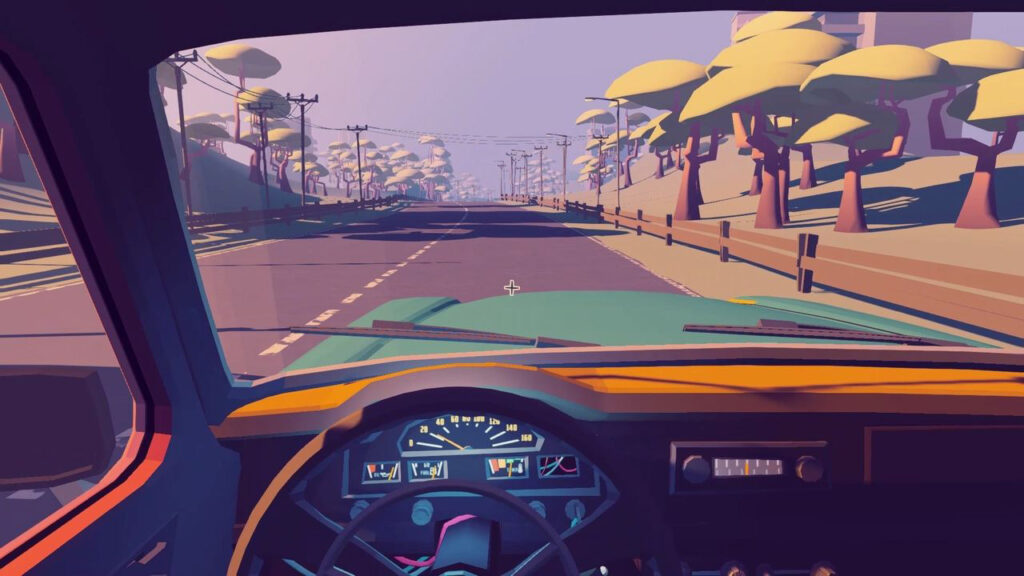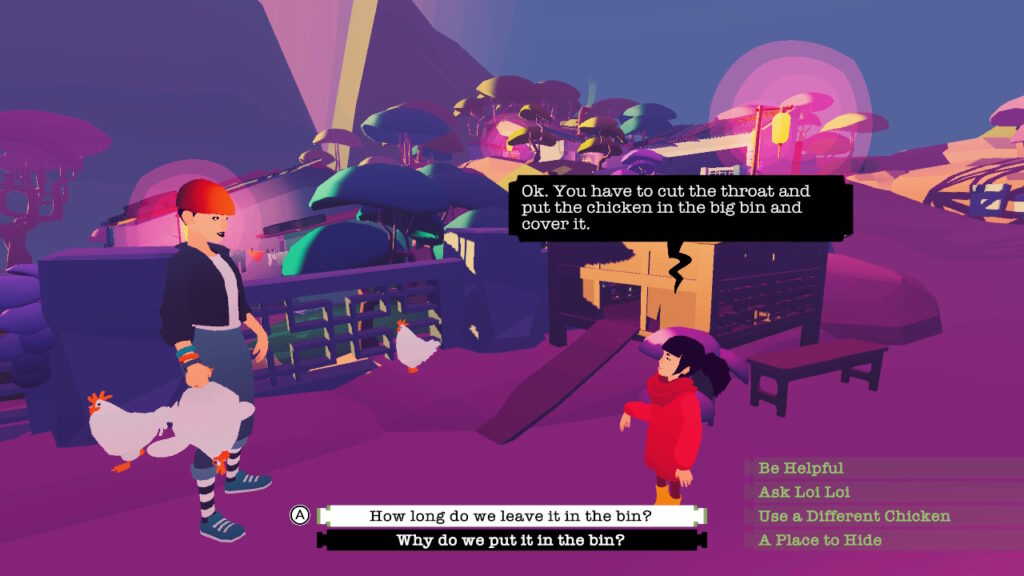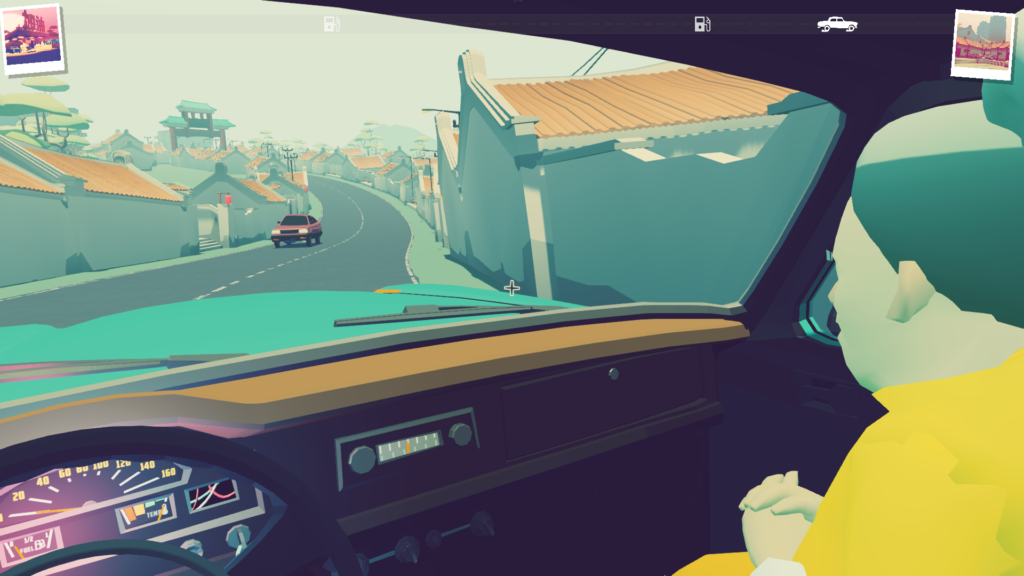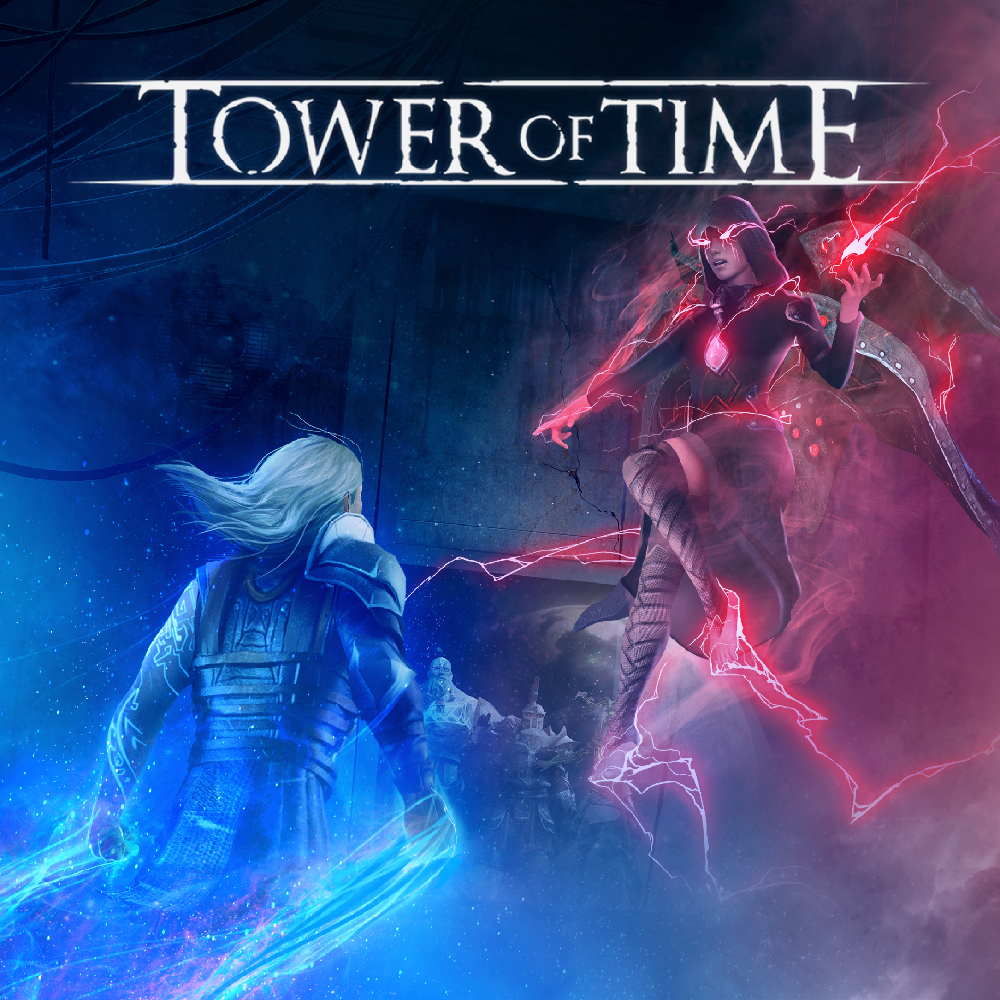Road To Guangdong – Nintendo Switch Review
Fast Facts
Road to Guangdong
Developer: Just Add Oil Games
Publisher: Excalibur Games
Website: https://www.excalibur-games.com/road-to-guangdong/
Genre: Driving, Simulator, Family
Platform: Nintendo Switch, PC, Xbox One, Playstation 4
Age Rating: 3
Release Date: 28/08/2020
Price: £20.99
A code was provided for review purposes.
Introduction
Road to Guangdong is a game about the importance of family and how traditions get passed down throughout generations. Set against the evocative backdrop of 90s China, we take on the role of Sunny. Sunny has just inherited the family’s restaurant, which has fallen on hard times. As a last ditch attempt to save the restaurant, Sunny and her Great Aunt, Gu Ma, set off on a road trip in search of long-lost relatives that hold the secrets that could reverse the restaurant’s failings and bring the customers flooding back. As Sunny and Gu Ma set off on their journey they have to contend with not only the generation gap between themselves, but also their choice of transport – Sandy, the family’s old beat-up car.
In an age where developers try to out do each other in creating the next blockbuster, Road to Guangdong scales it back to a simple tale of family, cultural differences and togetherness. Whilst the writing itself is a little bland, the game does bring together some brilliant scenes that highlight every day family life.

On the Road to Nowhere
Most of our time playing Road to Guangdong will be spent behind the wheel of Sandy. Sandy is the family’s beat-up old banger that’s seen better days. With Sandy’s age and deterioration in mind we have to be wary when driving. Going too fast can cause the fragile engine to overheat, the fan belt can also fall off and in extreme cases the wheels can literally fall off! Driving Sandy is how you would imagine driving an incredibly old car would be, however this all ties in with the second theme of the game, the management of Sandy and our limited resources.

Between story scenes we are able to examine Sandy for signs of wear and tear, and check both oil and petrol levels. This is all done via a first-person viewpoint and is as simple as highlighting the relevant part. Most of Sandy has a part that can possibly break down at any point so we do need to carry a lot of spare parts with us. This wouldn’t be so bad if the items didn’t deteriorate as quick as they do. It’s rare to make it to the next destination without having to pull over and change the fan belt or top up the petrol supply. Yes, Sandy is a beat-up old car but a little realism in how the mechanics worked would have been a great thing.
Whilst Sandy is intended to be the beloved beat-up old banger it behaves incredibly like one too. Overall, Sandy can go from handling like an over caffeinated child, to 10 tonne Tank within a few seconds. This makes driving a bit of a challenge especially with corners! Considering the driving takes up a lot of your time in Road to Guangdong, it can be a bit mundane and tedious throughout. Each driving section has multiple garages that we can stop at to buy fuel and parts at, and pay for any repairs that Sandy needs. We also have the option to visit various scrapyards to buy used parts for a reduced price and reduced durability, but considering the overall durability of Sandy’s parts buying them used never seemed to be a viable option.

Family Fortunes
When we’re not battling with Sandy, we’re engaging in conversations with our family members. This is all performed via your traditional dialogue tree. We will often be prompted to take other various actions such as reassuring a family member who has a problem or sorting out a personal dilemma. Each conversation is pretty straight forward and can sometimes offer up a inconsequential side story to Sunny’s main objective.
Throughout Road to Guangdong we get to choose what family member to see, before we set off in Sandy and wrestle with the old car to reach our destination. During the driving scenes we get to spend a fair amount of time with Aunt Gu Ma. Gu Ma is quite a strange character and reminded me a lot of my late Grandma. There a a few moments where you find yourself battling with Gu Ma over what one of two radio stations are played. With Gu Ma preferring the more traditional radio station over the electronic themed second station. It’s not a lot of interaction but it’s a little nod to those quirky moments that families have on long road trips, and to me brought a nice sense of my own nostalgia flooding back.
Cell Shaded Nightmare
The overall look of Road to Guangdong is pretty basic. The driving sections are presented in a pleasant cell-shaded style. The art in the story sections isn’t particularly bad but they could do with some slight polish. This is much the same with the driving sections. Whilst the cell-shaded style adds charm it’s taken away via the repetitive nature of the game’s environment as the same city blocks, country side and industrial areas repeat throughout.
Gameplay can suffer from the occasional dip in frame rate. This is more down to the game’s optimisation than the Switch’s hardware. The same frame rate issues appear across both handheld and docked mode. More suprisingly is that Road to Guangdong does not suffer from any graphical downgrade when played in either mode. I would assume this is made up from the game’s simple art style as to why.

Journey’s End
Overall Road to Guangdong isn’t a bad game, it’s just not that good. Whilst all the frame work is there for something that fits into the driving sim niche it doesn’t quite reach its destination. While its story of family bonds and traditions fits in nicely within the backdrop of 90s China, it’s hampered by clunky controls and a resource management gameplay that doesn’t quite fit. The story is however worth experiencing but at its premium price point I would wait for the title to go on sale.
Rapid Reviews Rating

You can purchase Road to Guangdong by clicking the following link: Nintendo eShop.




